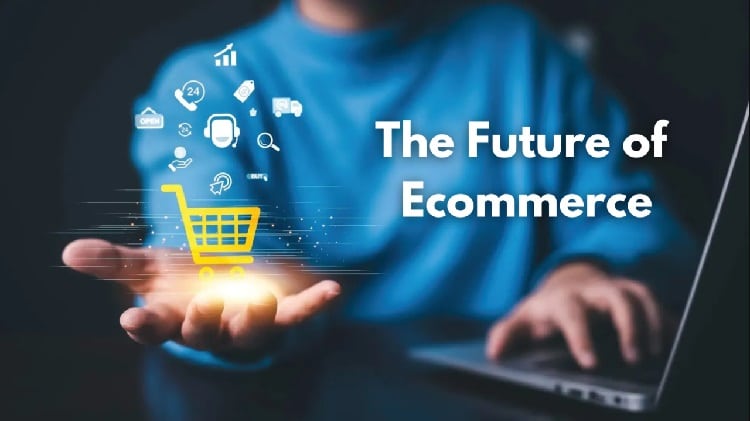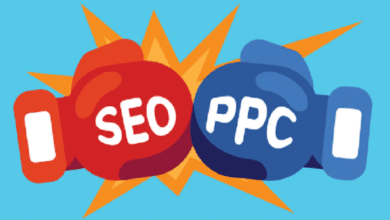Why Customization is the Future of E-Commerce

The e-commerce landscape is rapidly evolving, and consumer expectations are changing just as quickly. Shoppers are no longer satisfied with one-size-fits-all solutions—they’re looking for online retailers that understand their unique preferences and deliver personalized experiences. Enter product customization, the new frontier in e-commerce.
Customization is transforming the way people shop online by offering tailored products and unique shopping journeys that resonate with their tastes, needs, and identities. For e-commerce businesses and marketing professionals, understanding and adopting customization strategies can unlock significant growth opportunities.
This blog will explore why customization is reshaping e-commerce, showcase its impact on consumer behavior, and provide actionable insights into how your business can adopt tailored solutions to stay ahead in this competitive landscape.
The Rise of Customization in E-Commerce
Changing Consumer Preferences
Today’s shoppers demand more than quality products at competitive prices—they want to feel seen and valued. According to Deloitte, 36% of consumers express interest in purchasing personalized products or services. Meanwhile, 48% of customers are willing to wait longer to receive customized options.
This growing demand for individualized experiences is largely driven by Millennials and Gen Z, a tech-savvy demographic that values self-expression and authenticity. For these generations, customization is seen as both a practical feature and a way to align purchases with their personal values and lifestyles.
The Role of Technology
Advancements in technology, particularly in artificial intelligence (AI), augmented reality (AR), and data analytics, have made customization scalable and accessible for businesses of all sizes. AI algorithms can analyze consumer data to offer personalized product recommendations, while AR allows users to virtually “try on” items before purchase.
Dan from product configurator Doogma said “For example, companies like Nike and Vans have capitalized on 3D product configurators to allow customers to design their own shoes. Tools like these create a memorable shopping experience and encourage customers to emotionally invest in their purchases.”
How Customization is Transforming Online Shopping Experiences
Personal Connections = Brand Loyalty
By offering tailored customer experiences, businesses can foster deeper emotional connections with their audiences. This sense of personal connection drives brand loyalty, with studies showing that 44% of consumers are more likely to become repeat buyers after a personalized experience.
Consider e-commerce platforms like Etsy, which thrive on customization. The ability to order handcrafted, one-of-a-kind products creates a sense of connection between buyers and sellers, making the platform a go-to destination for unique shopping.
Competitive Differentiation
Customization also provides online retailers with a significant competitive edge. Offering personalized products sets businesses apart in an increasingly crowded marketplace. When faced with the choice of generic options versus tailored products, many consumers will choose the latter, even at a premium price.
Brands like Warby Parker demonstrate how customization can add value. Their “Home Try-On” feature allows customers to select five eyeglass frames to try before they commit to a purchase, blending convenience with a personalized touch that sets the brand apart.
Higher Sales and Profits
Customization can increase customer spending. Shoppers are often willing to pay extra for personalization, with research by Bain & Company revealing that consumers will pay up to 20% more for custom-designed products.
Take Coca-Cola’s “Share a Coke” campaign, which placed personalized names on bottles. Not only did this campaign generate an emotional appeal, but it also drove higher sales, with customers purchasing multiple bottles to find names of their loved ones.
Implementing Customization in Your E-Commerce Business
Leverage Data Analytics
To deliver personalized experiences, you first need to understand your customers. By collecting and analyzing data related to purchasing behavior, preferences, and past interactions, you can tailor your offerings to meet their specific needs.
Tools like Google Analytics, Klaviyo, and Shopify apps offer rich customer insights to help you predict what your audience wants to see.
Introduce Customization Tools
Invest in software or platforms that allow customers to create bespoke products. Whether it’s a 3D configurator, virtual fitting room, or personalized recommendations engine, these tools can help you elevate your shopping experience.
For instance, brands like Levi’s empower customers to customize their jeans’ fit, wash, and features through their “Lot No.1” program, enhancing user engagement while boosting product value.
Optimize for Mobile Experiences
With the majority of e-commerce traffic coming from mobile devices, your customization features must be mobile-friendly. Ensure that your e-commerce website or app supports seamless customization and interactive features on smaller screens.
Take a cue from Starbucks with their app, which allows users to customize their drinks down to every detail, from syrup types to milk options. The app’s intuitive interface ensures a smooth mobile experience.
Highlight Personalized Recommendations
AI-powered recommendation engines remain one of the most effective ways to provide customization at scale. Platforms like Amazon execute this brilliantly by showcasing “frequently bought together” and “you might also like” sections.
By offering recommendations tailored to browsing history and preferences, you not only drive additional purchases but also create a sense of relevance and care.
Build a Community Around Customization
Enjoying a unique product is one thing, but sharing that experience with a community takes engagement to the next level. Encourage customers to share their creations on social media using branded hashtags or provide shareable links for their custom orders.
Brands like Threadless use this strategy effectively by inviting customers to design T-shirts and share their creations with the community, creating both buzz and a sense of ownership.
What Customization Means for the Future of E-Commerce
The move toward customization is not just a trend—it’s a reflection of consumer evolution. Businesses that fail to adapt risk losing out on loyal customers who expect personalized shopping experiences at every touchpoint.
Customization is paving the way for a future where technology bridges the gap between brands and consumers, creating shopping journeys that are exciting, unique, and deeply personal. With tools like AI, AR, and big data becoming more accessible, even small online retailers can harness the power of tailored services to compete with industry giants.
By tapping into the opportunities customization offers, your business can grow its customer base, increase brand loyalty, and secure a solid foothold in the future of e-commerce.
Make Customization Work for You
Are you ready to transform your business with tailored shopping experiences? Start by exploring tools and strategies that align with your brand goals. Whether you’re introducing custom product builders or leveraging the power of AI, implementing customization can elevate your e-commerce business to new heights.
Take the first step today and meet your customers where they are—at the heart of personalization!




